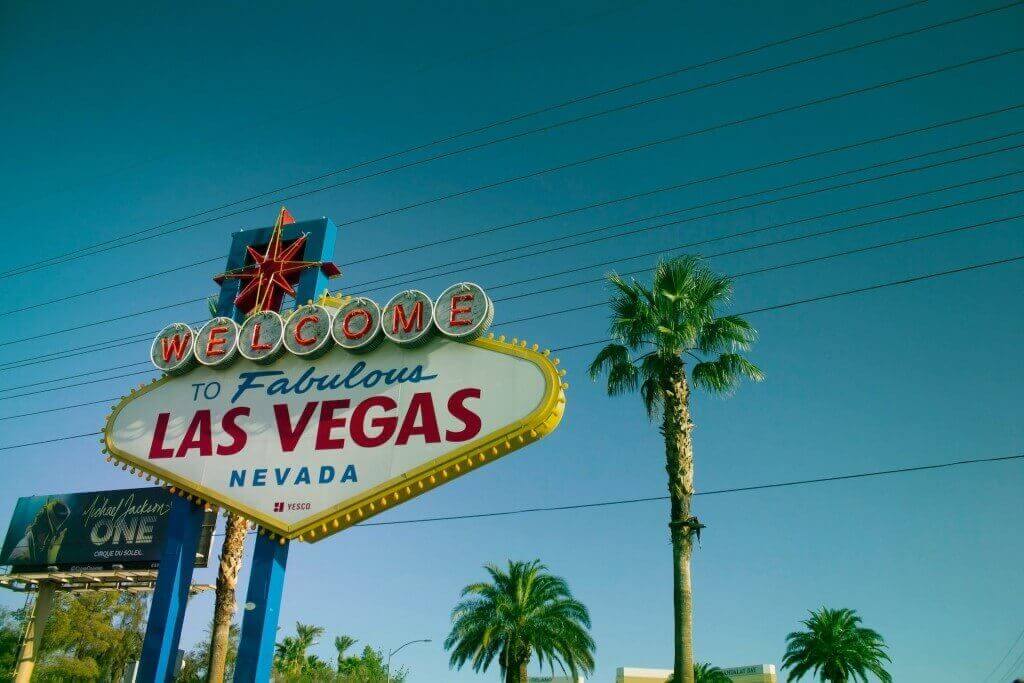The Neon Boneyard Commemorates Las Vegas’ Glitzy History

Breaking News:
Kathmandu Nepal
Tuesday, Jul 8, 2025

The stack of enormous neon letters visible just beyond the gates of the Neon Boneyard in Las Vegas is dark. Paint chips in various colors, including turquoise, ruby, and jade, cover the gravel field. Rusted metal beams, twisted tubes, cracked light bulbs, and forty-foot-tall skeletons have been salvaged from the wreckage of collapsed casinos.
The three-acre lot, which houses relics from classic Las Vegas structures, provides a rare opportunity for reflection. This is a rare opportunity in a city that hums with impulse and overstimulation, where people strive for casino strategy, where investors flock to what’s hot and new, and where visitors empty their wallets at the promise of instant entertainment.
After years of being a secret memorial accessible only to a select few, the 15-year-old collection has announced plans to open a fully operational museum in 2011 and an adjacent public park later this month. Previously, the memorial was only accessible to a small group of people. Fans of American casinos should keep an eye out for this one.
With the expansion of the Neon Boneyard, visitors will be able to regularly tour a one-of-a-kind tribute to a city known for periodically erasing its history. This comes as Las Vegas casinos increasingly use LED and LCD screens.
Signs from historic wedding chapels used car lots, and Prohibition-era speakeasies are displayed in the remote yard. A large skull at the Treasure Island casino and hotel has recently terrified visitors. A life-size statue of a billiards player dressed in bellbottoms can be found nearby.
The looping, 40-foot moniker of the Moulin Rouge, which is just a few steps away, is all that remains of Las Vegas’s first integrated casino. A mishmash of neon stars and futuristic letters commemorates the now-demolished Stardust hotel and casino, whose cosmic sign was once synonymous with Las Vegas glitz.
Elvis Presley and Priscilla Ann Wagner married in 1967 at the now-defunct Aladdin casino, and fans of the singer prize a golden lamp from the venue.
Susan Shaw, a 50-year-old New York artist who visits the Neon Boneyard whenever she visits Las Vegas, described the collection as “uniquely American.” “For some reason, this shady and shameless attempt at self-promotion bothers me. It’s the same as saying, “Here we are; we are open for business.”
Neon signs first appeared in the United States at the 1893 World’s Fair in Chicago. But no city embraced the luminous tube lights quite like Las Vegas, where gambling tycoons, mob bosses, and even mom-and-pop storefronts covered the desert in enough neon to make Times Square in New York City look like a dimly lit alleyway.
“There was so much neon that you could walk down the street in the middle of the night and read a newspaper on any corner without needing a light,” said Bill Marion, the museum’s board chairman. “Because there was so much neon, there was no need for a light.”
Famous architect Robert Venturi said some insightful things about Las Vegas in his tribute to the city in 1977, including the following: “As the most popular tourist destination in the United States, Las Vegas has surpassed Rome.” They were able to walk from one church to another in Rome by using obelisks and plazas as guides. We can freely move between casinos in Las Vegas by following the signs and symbols placed throughout the city.”
The volunteers acted as urban detectives, searching for buildings slated for demolition and rushing to construction sites to beg for demolition signs.
Slowly but steadily, builders and signmakers eager to preserve an heirloom of their work began donating signs to the collection. The Neon Boneyard opened its doors for the first time in 1996.
Nancy Deaner, one of Boneyard’s founders and the manager of the city’s cultural affairs office, was quoted as saying, “Really, we do implode and recreate ourselves all the time.” “People reasoned, ‘Why wouldn’t we want to preserve our cultural icons, such as these signs?'” “People reasoned, ‘Why wouldn’t we want to save our cultural icons?'”
Until the museum opens in December of next year, volunteers will give tours twice a day. To guarantee your spot, however, you must make your reservation at least two weeks in advance and pay $15 per ticket. Apart from that, the gates will remain shut.
The yard’s unusual contours have been featured in Harper’s BAZAAR magazine and a music video starring The Killers. Every year, hundreds of photographs of newlyweds and engaged couples are taken there.
In 2003, the owner of the La Concha Motel on the Las Vegas Strip announced that he would replace the 1960s hotel with a larger model. This effectively condemned the shell-shaped lobby of the landmark to demolition by bulldozers. After preservationists intervened, the sweeping structure was dismantled into eight sections and relocated next to the Neon Boneyard in December 2006. These sections will serve as the museum’s foundation for future growth.
As a first step, the menagerie of dusty plexiglass, fluorescent bulbs, and crunched steel was temporarily shut down in February, and its 150 vintage signs were arranged chronologically for the first time. This enabled the signs to be displayed more understandably. The lights on some of the signs will be turned back on at some point in the future.
Adriana Morganti, a thirty-year-old veterinarian from Ontario who recently visited the yard for the first time, described the experience as “unusual.” It’s not like the typical shows and casinos associated with Las Vegas.